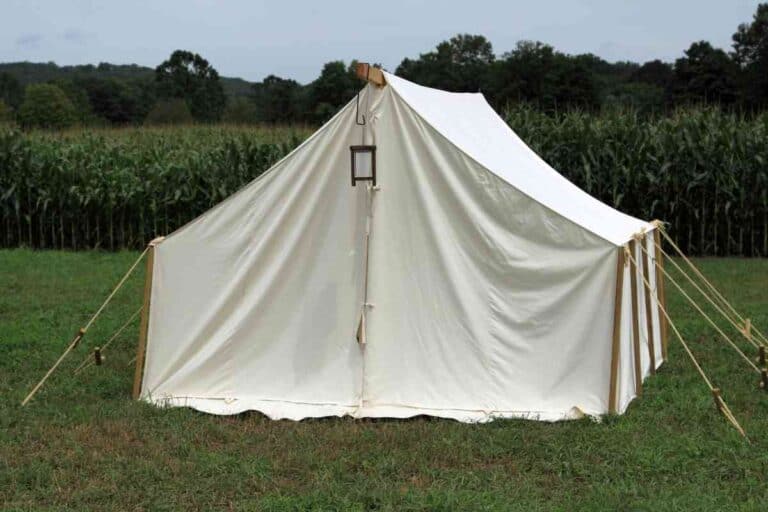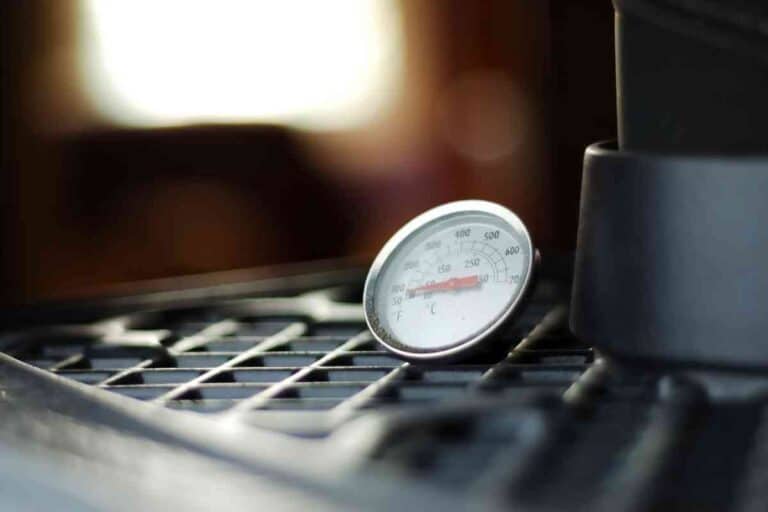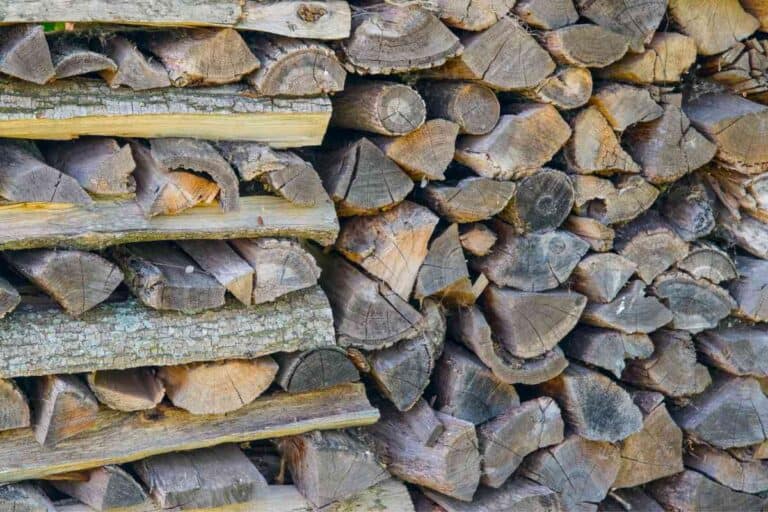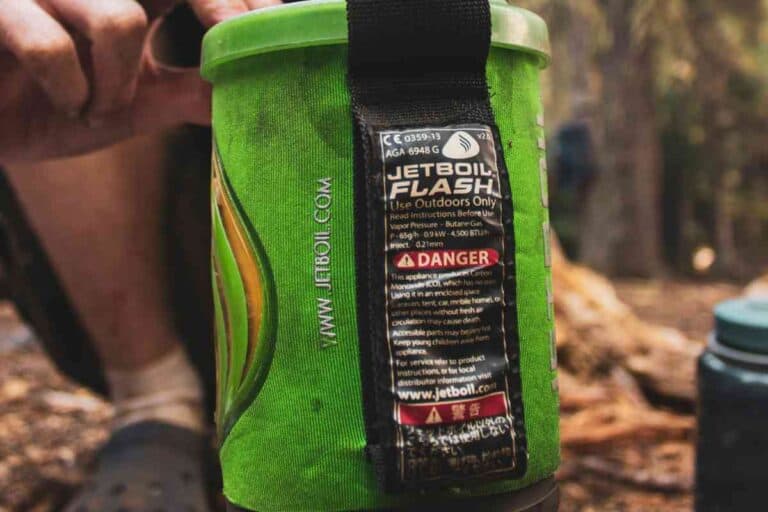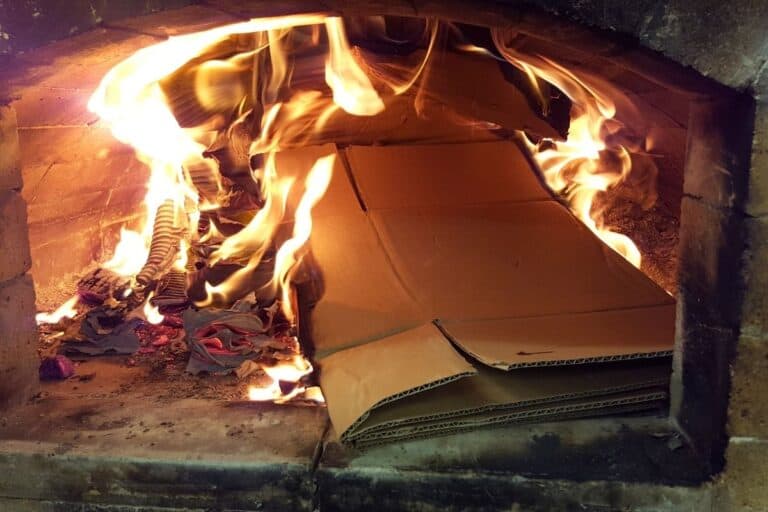Can Microinverters Be Used Off Grid? [Answered!]
If you’re looking to go off-grid, then you might be wondering can microinverters be used off-grid? Let’s find out. When living off-grid, you will need a reliable power source and the right equipment, or else you may be left in the dark.
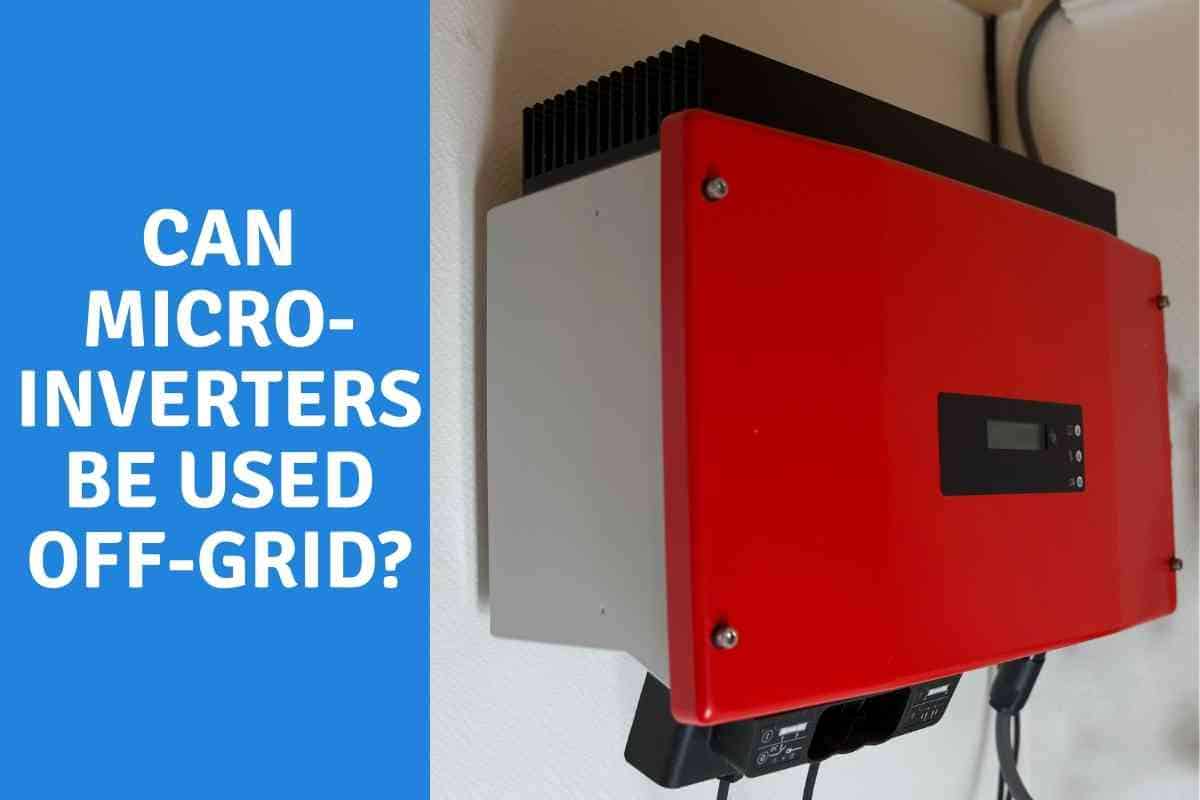
Can Microinverters Be Used Off-Grid?
Microinverters can be used off-grid in a number of ways. Microinverters are the latest technology that’s used to convert DC power into AC off-grid. With the ability to do this consistently, microinverters eliminate exposure to high voltage DC electricity while powering your equipment or appliances.
Since this is a relatively new technology, many folks aren’t aware of the way it works or its benefits when living off-grid. We have got all the answers you need from experienced off-grid enthusiasts on microinverter technology and its benefits.
Can You Use a Grid Tie Inverter Off-Grid?
Yes, you can trick a grid-tie inverter with an off-grid system, but it’s not that simple.
As outdoor and adventure enthusiasts, we have used many portable power sources when living off-grid, including microinverters, and can provide you with all the information you need to make a more informed decision when choosing a microinverter for off-grid living.
An off-grid cabin’s electric equipment can be powered by a 3000W inverter.
It can even power a 1HP air conditioner, as well as a fan, television, LED lighting, and even refrigerators and kitchen appliances.
It is recommended to choose a 24-volt system if your energy demands are between 1,000 and 5,000 watts. If you require more than 3,000 watts of power, a 48-volt system is the way to go. 48V is commonly used in large off-grid homes.
Each solar panel in a microinverter design has its own inverter that conducts power conversion in individual modules.
Microinverters are usually more expensive than the other two, but they provide the best power optimization and design flexibility, as well as the elimination of a single point of failure. Microinverters provide a number of benefits over traditional inverters.
The key benefit is that debris or snow lines on a single solar module, or even a full module failure, do not impact the output of the entire inverter.
By running MPPT for each linked module, each microinverter gathers the maximum amount of power for better efficiency. Other advantages of the microinverter technology include system design simplicity, reduced cables, more safety, and easier management and maintenance.
Do You Need an Inverter if You Have Microinverters?
The string inverter can easily be replaced by the microinverter. However, when it comes to solar systems, microinverters come in two specifications. The first kind is able to convert any DC power into AC power within the module.
Another option is connected to an inverter which raises the voltage in the module with the help of a DC optimizer.
Module-level power electronics refers to micro inverter-based possibilities. In these systems, each module is linked to an inverter, which is normally located slightly under the panel.
Each panel with one inverter avoids the generation of one module from being reliant on the generation of other modules. Each panel will be self-contained.
This method is ideally suited to a location where there are shadow difficulties on one or more modules, roofs with varied orientations, and so on.
Module-level monitoring is available in these sorts of systems. It aids in the system’s easy maintenance. The generation of the remainder of the system would not be affected if one module or inverter failed.
How Do You Use Enphase Off-Grid?
You can connect the Enphase inverter to a 125A service panel which will be positioned between the meter and the transfer switch so that whenever the grid goes down, this switch isolates the house; the generator will come on until the grid power returns. But, there are some other factors that you need to consider.
The term pure sine wave inverters may be mentioned by some manufacturers when choosing a microinverter. It’s not necessary to know about this function.
However, you do need to find out if the electricity produced by an inverter is considered to be cleaner than that produced by the inverter.
Pure sine wave inverters produce electricity comparable to that of our electrical grid. These inverters are less expensive, but their power output is of inferior quality.
Modified inverters, as a result, may cause problems with specific gadgets. Compressors and motors tend to become hotter and show signs of wear and tear faster as a result of this.
Certain delicate gadgets, such as computers, may be broken-down or cease to function altogether. Inverters are also known to create background noise in stereos.
Inverters, even microinverters generate noise in stereos and poor audio and video quality on some televisions. That’s why we don’t advocate modified inverters in many situations; to prevent these concerns, most of our off-grid clients utilize these types of inverters.
To find any differences between the two, all you have to do is examine the total harmonic distortion or (THD) rating of the microinverter.
THD is a measure of the output power quality and can be found on the paper of a competent inverter. Go for an inverter with a THD of at least 5% or less to avoid any unwanted disturbance.
Sizing is easy once you know which appliances you’ll be using. Add up the wattage of all your lights and appliances to figure out how many watts you’d require if they were all turned on at the same time.
While appliances utilize 120 volts, some, such as well pumps, require 240 volts.
Assume you require 1,000 watts for your refrigerator, 500 watts for lights, and 200 watts for your phone and television. That’s a total of 1,700 watts.
How Do You Trick a Grid Tie Inverter to Work Off the Grid?
A grid-tied inverter converts DC from solar panels to AC and transfers it into the grid for payment. Because there are generally just two primary components—the inverter itself and your solar panels—grid-tied inverters are simpler and easier to wire.
An off-grid inverter, on the other hand, requires a battery bank to operate. The way it works is that your solar panels provide DC electricity to the batteries.
The electricity is then “inverted” by your inverter, resulting in AC power for your house. This effectively functions as a small electrical grid.
Off-grid systems, as you might expect, are more difficult due to the addition of extra components such as the charge controller, battery monitor, and additional AC and DC circuit breakers. Off-grid systems are more complicated to connect and install as a result of all of these factors.
Buying off-grid equipment may also be difficult since there are so many accessories to consider: remote controllers, surge suppressors, breakers, and so on.
Choosing the proper components is difficult enough, but purchasing the right inverter is a crucial choice.
Certifications
It’s also crucial to understand the inverter’s manufacturer before you make a choice when it comes to choosing microinverters for off-grid living.
Look into the background and reputation of the company by reading reviews online to get an idea of the level of quality you can expect. Off-grid inverters must be able to operate 24 hours a day for multiple years, so getting one from a reputable manufacturer makes sense.
Off-grid inverters must also meet a variety of certifications for safety and code compliance.
For instance, UL 1741-listed inverters are required for use in your house, while a UL 458 certification is required for mobile inverters for RVs and even boats.
Other standards for various uses include the UL 1778 standard for UPS. Other international standards, such as IEEE 1547 used worldwide outside North America, are necessary outside of the United States.

